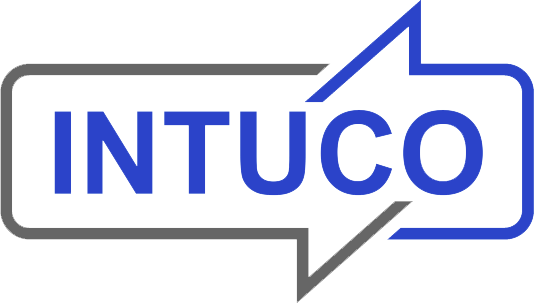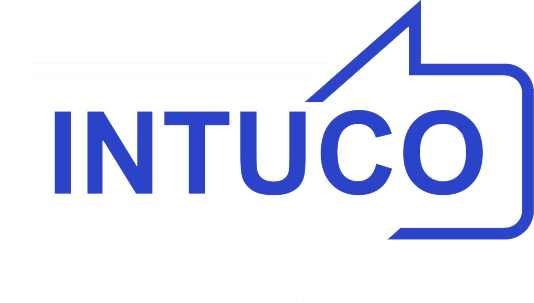Recruitment has transformed significantly in recent years, with the advent of technology, changing workforce demographics, and evolving candidate expectations. To thrive in this competitive landscape, organizations must adopt innovative recruitment practices. This comprehensive guide explores the step-by-step process of developing a cutting-edge recruitment strategy that attracts top talent and drives organizational success.
Step 1: Conducting a Comprehensive Talent Analysis Effective recruitment begins with a deep understanding of the talent landscape. Start by conducting a comprehensive talent analysis to identify current and future workforce needs. This analysis should encompass factors such as skill requirements, industry trends, and competitor practices. By gaining insights into the talent market, organizations can align their recruitment strategies with their long-term business goals.
Step 2: Defining the Employer Value Proposition (EVP) The next step is to define a compelling Employer Value Proposition (EVP) that sets the organization apart as an employer of choice. The EVP should articulate what makes the organization unique and attractive to potential candidates. This could include factors such as culture, benefits, career development opportunities, and corporate social responsibility initiatives. A strong EVP not only attracts top talent but also fosters employee engagement and retention.
Step 3: Crafting Targeted Job Descriptions Job descriptions play a crucial role in attracting the right candidates. Instead of generic listings, craft targeted job descriptions that clearly outline the role’s responsibilities, qualifications, and opportunities for growth. Incorporate language that resonates with the organization’s EVP to attract candidates who align with its values and culture. Additionally, utilize SEO techniques to optimize job postings for maximum visibility on online platforms.
Step 4: Leveraging Technology and Data Analytics Technology has revolutionized the recruitment process, offering innovative tools and platforms to streamline hiring efforts. Implement Applicant Tracking Systems (ATS) to automate repetitive tasks, track candidate interactions, and analyze recruitment metrics. Leverage data analytics to gain insights into recruitment performance, identify bottlenecks, and make data-driven decisions to optimize the recruitment process continuously.
Step 5: Embracing Diversity and Inclusion Diversity and inclusion are essential components of a successful recruitment strategy. Embrace diversity and inclusion initiatives to attract a diverse pool of candidates and foster a culture of belonging within the organization. Implement blind recruitment practices, diverse sourcing strategies, and inclusive language in job postings to mitigate bias and ensure equitable hiring processes.
Step 6: Enhancing Candidate Experience A positive candidate experience is critical for attracting and retaining top talent. Streamline the application process, ensure timely communication, and provide personalized interactions throughout the recruitment journey. Utilize technology such as chatbots and AI-driven tools to offer round-the-clock support and enhance the candidate experience. Solicit feedback from candidates to identify areas for improvement and continually refine the recruitment process.
Step 7: Building a Talent Pipeline Building a talent pipeline is essential for future-proofing recruitment efforts. Develop relationships with passive candidates through networking events, industry conferences, and social media engagement. Nurture these relationships over time through personalized communication and targeted content. By maintaining a robust talent pipeline, organizations can reduce time-to-hire and quickly fill critical roles when needed.
Step 8: Continuous Evaluation and Optimization Recruitment is an ongoing process that requires continuous evaluation and optimization. Monitor key performance indicators such as time-to-fill, cost-per-hire, and quality-of-hire to assess the effectiveness of recruitment efforts. Solicit feedback from hiring managers, candidates, and other stakeholders to identify areas for improvement. Iterate on recruitment strategies based on data-driven insights and emerging trends in the talent market.
Developing an innovative recruitment strategy requires a systematic approach that encompasses talent analysis, EVP development, targeted job descriptions, technology integration, diversity and inclusion initiatives, candidate experience enhancement, talent pipeline building, and continuous evaluation and optimization. By following this step-by-step guide, organizations can position themselves as employers of choice and attract top talent to drive organizational success in today’s competitive landscape.







